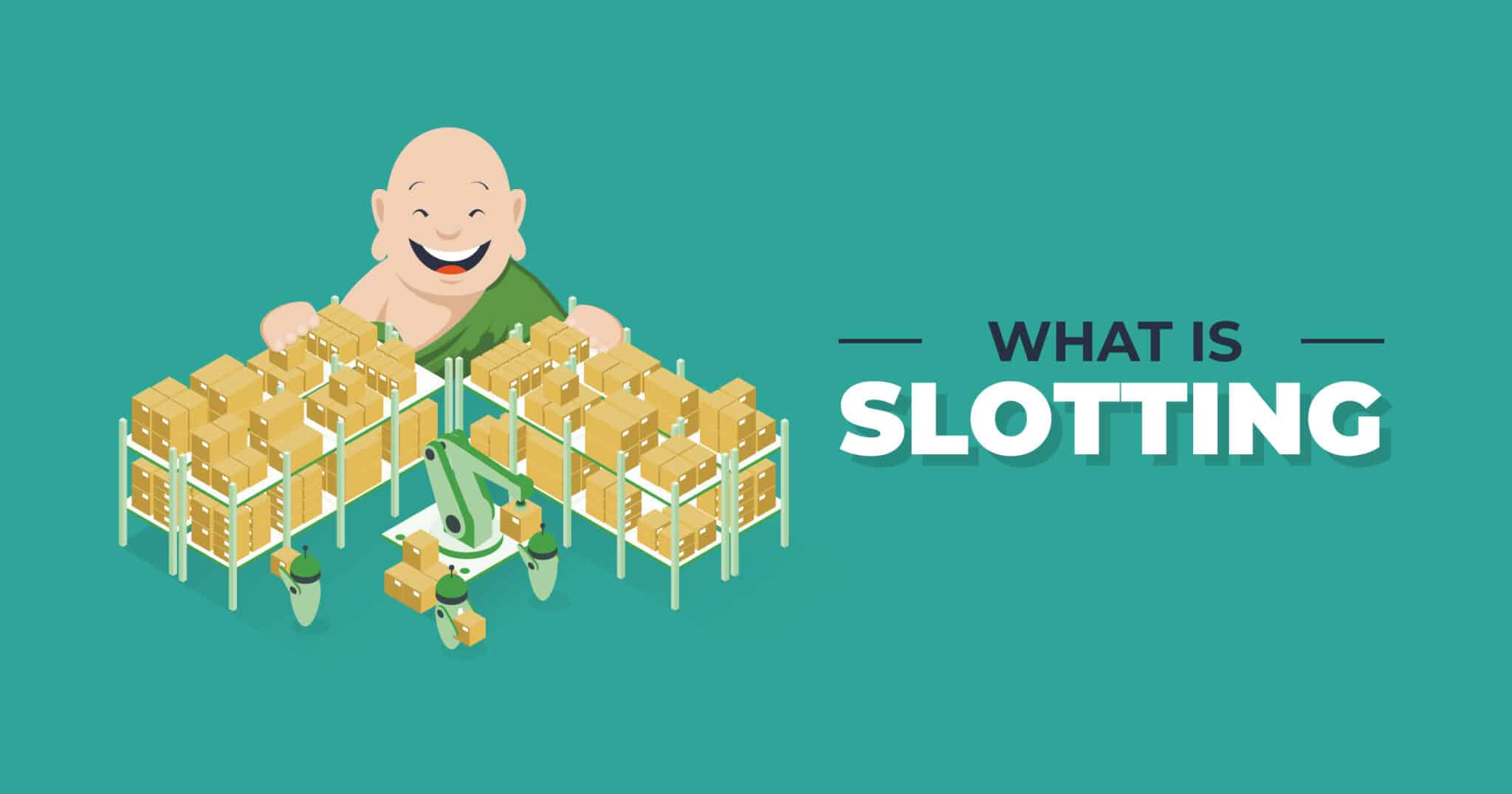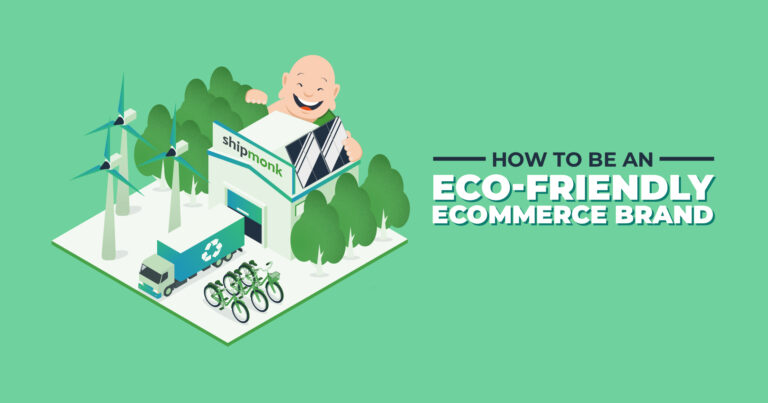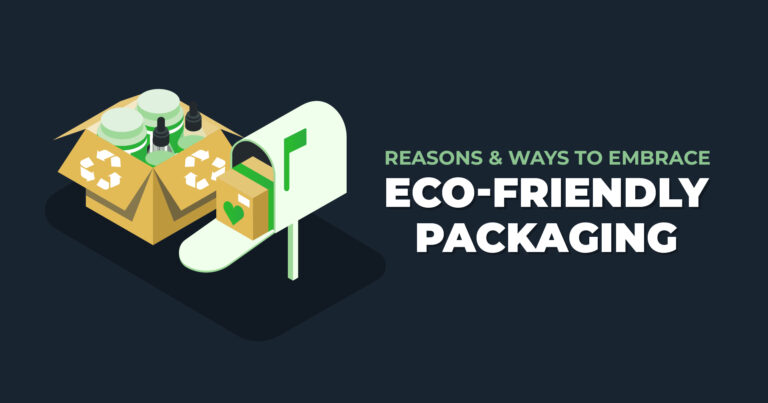What is Slotting and How Does it Reduce Fulfillment Costs?
When eCommerce businesses or fulfillment centers use the term “slotting,” they’re referring to a method of organizing inventory in a warehouse to optimize fulfillment operations. Warehouse slotting is not to be confused with slotting fees that brands pay for retail shelf space. There is no competition for space on warehouse shelves. Unlike retail shelves, warehouse shelves are organized strictly for efficiency.
The eCommerce businesses that sell direct to consumers (DTC) store their products in warehouses or third party logistics (3PL) fulfillment centers. Orders are picked, packed, and shipped directly to consumers from there. A clean, well organized warehouse and fulfillment center can help eCommerce businesses save on fulfillment costs by reducing errors in picking and packing orders, optimizing storage space, and getting orders out to customers faster. Slotting is one way to organize merchandise to get the most out of your warehouse space.
What is Warehouse Slotting?
Warehouse slotting is a form of inventory management that determines the best location within the warehouse to put each product, with the goal of fulfilling orders with the utmost efficiency.
Advantages of Inventory Slotting
1. Faster Picking
When commonly paired or frequently ordered products are slotted in close proximity to each other, warehouse workers can quickly fill orders without spending extra time and energy to move across the warehouse. This means they can get orders out the door faster and fill more orders per day. ShipMonk’s fulfillment centers utilize automated picking technology including Locus Robotics and warehouse automation to speed up fulfillment times while maintaining industry-leading quality control standards.
2. Accurate picking
Similar products can be slotted in separate locations to reduce common picking errors.
3. Optimized Storage Space
If your eCommerce business is leasing space, the more organized the warehouse, the less space you need and the lower your holding costs (learn more about holding costs in our blog about the Economic Order Quantity (EOQ) Formula). On the other hand, if you work with a 3PL fulfillment center, the more organized it is, the more products they can fit inside. Either way, your business only pays for the storage space you use!
4. Reduced Shrinkage
Proper slotting can reduce breakage and prevent injuries associated with fragile or heavy products.
These benefits are all quantifiable metrics that can reduce fulfillment costs. There is another benefit of slotting, however, that is immeasurable. While your customers may take quick turnaround and order accuracy for granted, the opposite experience can tank your brand’s reputation. Speedy, accurate order fulfillment helps ensure repeat business, fewer returns, and higher satisfaction ratings.
Common Warehouse Slotting Strategies
There are many strategies for slotting products in a warehouse. To determine the best strategy for your eCommerce business, you need data—lots and lots of data on product sizes and weights, sales velocity, typical order contents and volume, seasonality, available warehouse space, and much more.
It helps if you already have a reliable inventory management system and your fulfillment center or 3PL has a robust warehouse management system (WMS) that puts this data at your fingertips. Analyzing the data and arriving at the best strategy can be a trial and error process. You may even employ more than one strategy at different times of the year, in different areas of the warehouse, in different fulfillment center locations.
Slotting Strategy #1: Slotting by Sales Volume
The most commonly used slotting strategy, this method puts the fastest moving products in close proximity to one another. Orders can be picked in waves so that workers aren’t tripping over one another in the same area.
Slotting Strategy #2: Slotting by Commonly Paired products
Some products are frequently ordered together, like cat food and kitty litter. If these items are slotted near each other, pickers don’t have to go far to fill orders.
Slotting Strategy #3: Slotting by Item Level and Storage Type
Some products are sold by the pallet, some are sold by the case, and others are sold individually. Other products are sold all three ways within the same warehouse. Slotting goods by the way they’re stored and sold ensures that single-item pickers can work without dodging forklifts, and forklifts are confined to one area of the warehouse to maximize efficiency.
Slotting Strategy #4: Seasonality
If the sales volume of certain items shifts dramatically with the seasons, such as swimwear, or holiday gifts, it may make sense to temporarily move items into a high-volume slot.
Consider a 3PL Fulfillment Center for Inventory Success
If your eCommerce warehouse is managing its own fulfillment operations, a warehouse management system makes slotting a lot easier. But investing in such technology is a hard sell when resources could be better spent on expanding or improving your product line. As a result, at this point in their growth, many eCommerce businesses choose to outsource their fulfillment operations to a 3PL.
3PLs are experts at maximizing fulfillment and inventory management. It’s their whole reason for being, and they are good at it. 3PLs use numerous slotting strategies and adjust based on the above factors to best suit your needs. Let them worry about what goes where for optimal order fulfillment. That gives you more time to do what you do best—develop and sell great products.
Get a demo of ShipMonk’s WMS today, or contact us for more ways to reduce your fulfillment costs.



